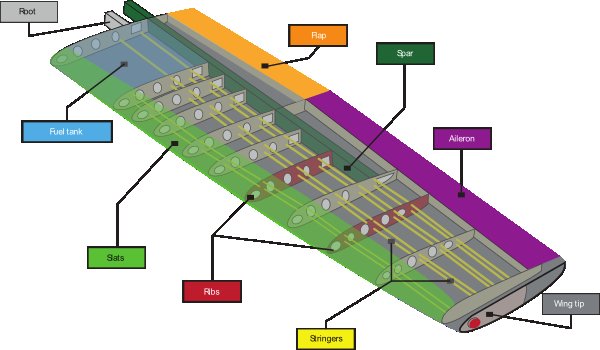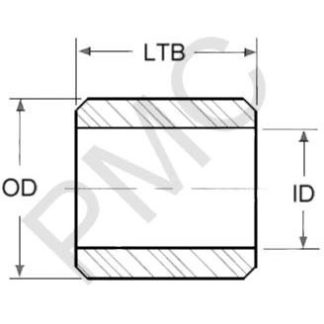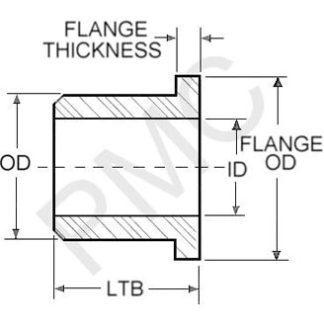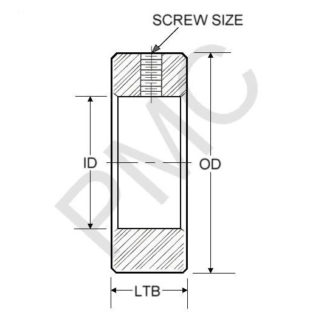

Plastic Machining Company has seen a drastic increase in plastic technologies that push the previous limits of load-bearing, torque handling, and gear drive capabilities in aerospace applications. Specialty grades with superior heat, chemical and radiation resistances allow plastics to play a significant role in aerospace industries, featuring many of same desired traits as traditionally used metals: low friction and high strength, dimensional stability, as well as resistance to heat, impact, and corrosion. Fillers and additives in plastic resins, such as glass or lubricating oils, enhance characteristics specific to an application’s requirements.
Heat resistant and non-corrosive plastics like PEEK can even be machined to replace metal fasteners and screws. There is no change needed in the overall design of existing machined parts, allowing for the direct replacement of OEM components. Gaskets, seals, guides, brackets, spacers, washers and other support parts are all examples of lightweight aerospace components where high-heat plastics can outperform metals, providing thermal and mechanical stability, desirable insulation properties, zero flammability, low outgassing in a vacuum, and resistance to jet fuel and other chemicals.
PEEK and PPS plastic in particular first made their way into structural aerospace applications in the mid-1990’s used for ribs and spars for undercarriage doors and floor panels in small aircraft. In the 2000s, aerospace giants Airbus and Gulfstream utilized PPS in thermoplastic skins reinforced with welded ribs, finding a 20% savings in weight compared with the previously used aluminum structures.
In commercial flights, one pound equates to as much as one dollar in additional fuel cost, per flight. That number jumps to around ten thousand dollars per pound for orbital spaceflights. Even small amounts of weight reduction can lead to massive cost savings over the lifetime of an aircraft, rocket or satellite.
Today, a Boeing 787 aircraft uses as many as fifteen thousand carbon-fiber filled PPS plastic cleats and clips that secure exterior skins to the aircraft frame. High performance, high heat plastics are also used to provide reinforcement between fuselage frames.

Cast acrylic plastic is used for aircraft cabin windows, fighter canopies, windscreens, wing-tip lenses, outer laminates and instrument panels for general aviation and military aircraft. Polycarbonate plastics also provide a strong impact resistant alternative to glass for visors, windshields and other see-through components.
Kydex, an acrylic-polyvinyl chloride plastic, meets the demanding safety and non-flammability requirements of aircraft interiors and is used for seat parts, bulkheads, monitor shrouds, window shades tray tables, and overhead bins.
Whether for government space programs, military operations, or aircraft, the choice of plastics over metals in aerospace comes down to a plastic’s ability to outperform their metal counterparts. As a true disruptor technology, plastics have shown they are not only on par with metals used in aerospace but also produce safer parts that hold up under more severe conditions, saving companies and governments money over the life of the components through fuel savings and part life.



